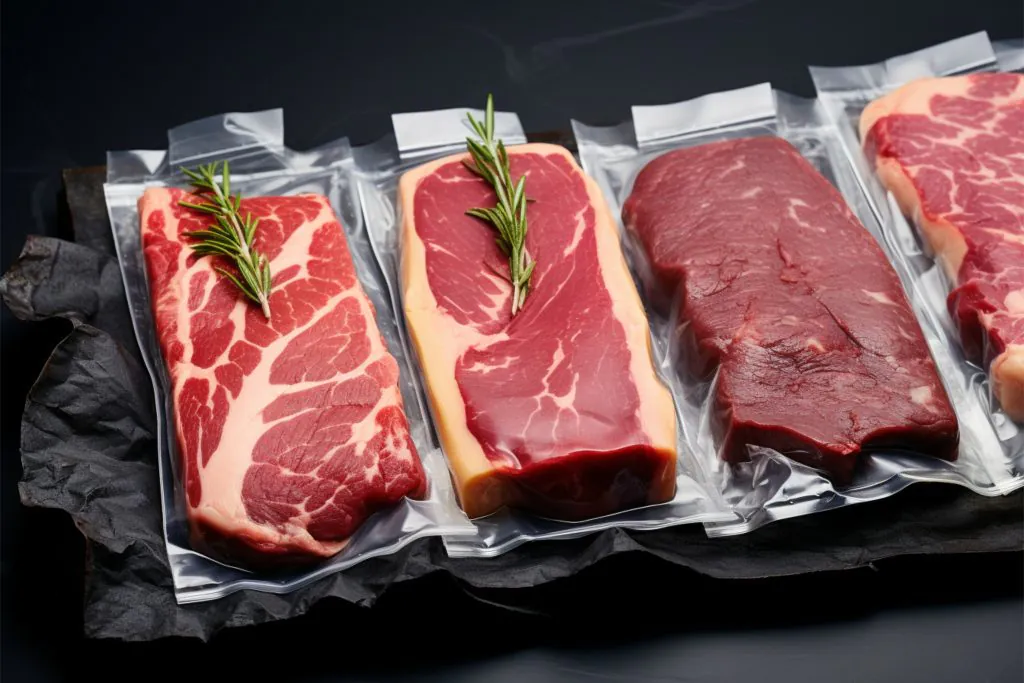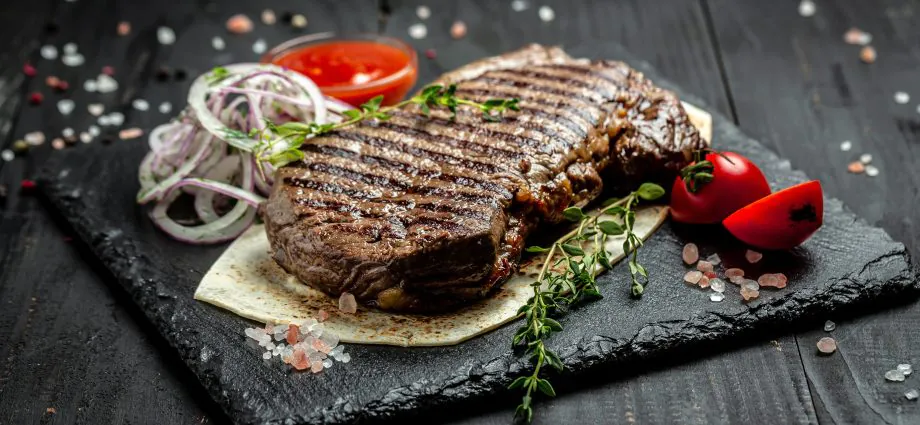Contents
Imagine the tantalizing aroma filling the room, guiding you to a beautifully set the table with a dish bursting with flavors. When you choose wisely, this dish is more than a culinary delight—it’s a treasure trove of benefits. Among the multitude of meat choices, grass-fed sirloin stands out as a clear winner.
While many might think a steak is just a steak, the origin and upbringing of the meat are crucial. Dive into this exploration, and you’ll understand why grass-fed sirloin deserves a prime spot on your plate.
Unbeatable Taste And Texture
Sirloin steak conversations often revolve around its distinct taste. Grass-fed varieties shine, thanks to the cattle’s diverse grasses and herbs diet. This diet lends the meat a unique flavor, setting it apart from grain-fed options.
Being leaner, the texture of grass-fed sirloin offers a firmer yet succulent bite. The marbling, that intricate web of fat, distributes evenly, promising a consistent taste with every bite. Many equate this beef’s flavor to nature itself, mirroring the cattle’s clean diet free from artificial additives.
Nutritional Superiority
A standout feature of products like those found in premium meat suppliers like The Meat Box is their nutritional content. Grass-fed beef is a powerhouse of Omega-3 fatty acids—essential fats known to enhance brain function and curb inflammation.
Besides Omega-3s, grass-fed sirloin is packed with essential vitamins and minerals, providing a surge of vitamin E, beta-carotene, and zinc. Each serving doesn’t just delight your taste buds; it nourishes your body.
Compared to grain-fed beef, the benefits of grass-fed meat are striking. These variants typically have less fat but more beneficial nutrients, enriched with antioxidants, making it a favorite for health buffs.
Environmentally Friendly
Opting for grass-fed sirloin isn’t only a favor to yourself and the planet. These cattle thrive in pastures, enhancing soil health through natural aeration and fertilization.
Furthermore, grass-fed practices bode well for the environment. Vibrant pastures can trap carbon, helping alleviate climate change impacts and reducing greenhouse gas emissions.
In contrast, expansive grain-fed cattle farms can lead to deforestation. By choosing grass-fed, you’re supporting a system in harmony with nature.
Ethical Animal Treatment
Grass-fed cattle live in tune with nature. Roaming vast pastures, they graze, enjoy sunlight, and engage with their environment. This freedom starkly contrasts the restrictive settings of many commercial farms.
This natural existence results in contented cattle, which, in turn, enhances meat quality. Stress and confinement can deteriorate an animal’s well-being, potentially impacting the meat. By choosing grass-fed sirloin, you’re promoting kind and ethical treatment of animals.
Your selection reflects more than a food preference—it showcases your values. Each purchase endorses ethical practices, making grass-fed sirloin an obvious choice.
Lower Risk Of Contaminants
Grass-fed beef excels in purity and safety. The risk of dangerous foodborne pathogens, like E. coli, decreases with vast pastures and an untainted diet. However, it’s essential to remember that no beef is entirely without risk.
An added advantage is their natural upbringing. Receiving fewer antibiotics means a reduced threat of antibiotic-resistant bacteria.
This not only enhances the beef’s safety but also combats global antibiotic resistance concerns. In short, savoring grass-fed sirloin offers peace of mind, distancing you from typical problems linked with mass-produced beef.
Supports Local Farmers
Often, grass-fed beef comes from local farms that cherish traditional methods. By choosing grass-fed sirloin, you bolster local communities, preserving eco-friendly practices.
To support them is to preserve these time-honored traditions. Buying local also means reduced transportation, translating to fewer emissions—an additional environmental advantage.
Less Exposure To Antibiotics And Hormones
Another distinguishing characteristic of grass-fed sirloin is its minimal exposure to additives. These cattle rarely receive antibiotics or growth hormones, commonly used in mass farming to speed up growth or fend off diseases.
Why should this concern you? Consuming food laced with antibiotic residues can encourage antibiotic resistance. And the implications of eating hormone-enhanced meat remain uncertain.
Grass-fed sirloin, with its natural upbringing, becomes an attractive choice, demonstrating that quality doesn’t need artificial enhancements.

Cost-Effectiveness In The Long Run
While grass-fed sirloin might seem pricier initially, its benefits can outweigh future health costs. Its exceptional taste and texture offer a luxurious dining experience at home, reducing the allure of expensive restaurant outings.
Recognizing these indirect savings positions grass-fed sirloin as a genuine value. Additionally, the joy of knowing your purchase supports ethical and sustainable practices, though hard to measure, adds to the value of every purchase.
In Conclusion
Your choice of grass-fed sirloin goes beyond taste. It signifies a blend of ethics, health, environmental care, and supreme quality. As you relish that delectable steak dish, recognize it’s not just food. It’s a stand—a commitment to sustainability, animal welfare, and returning to pure food sources. Here’s to decisions that nourish both the soul and the taste buds. Cheers!










